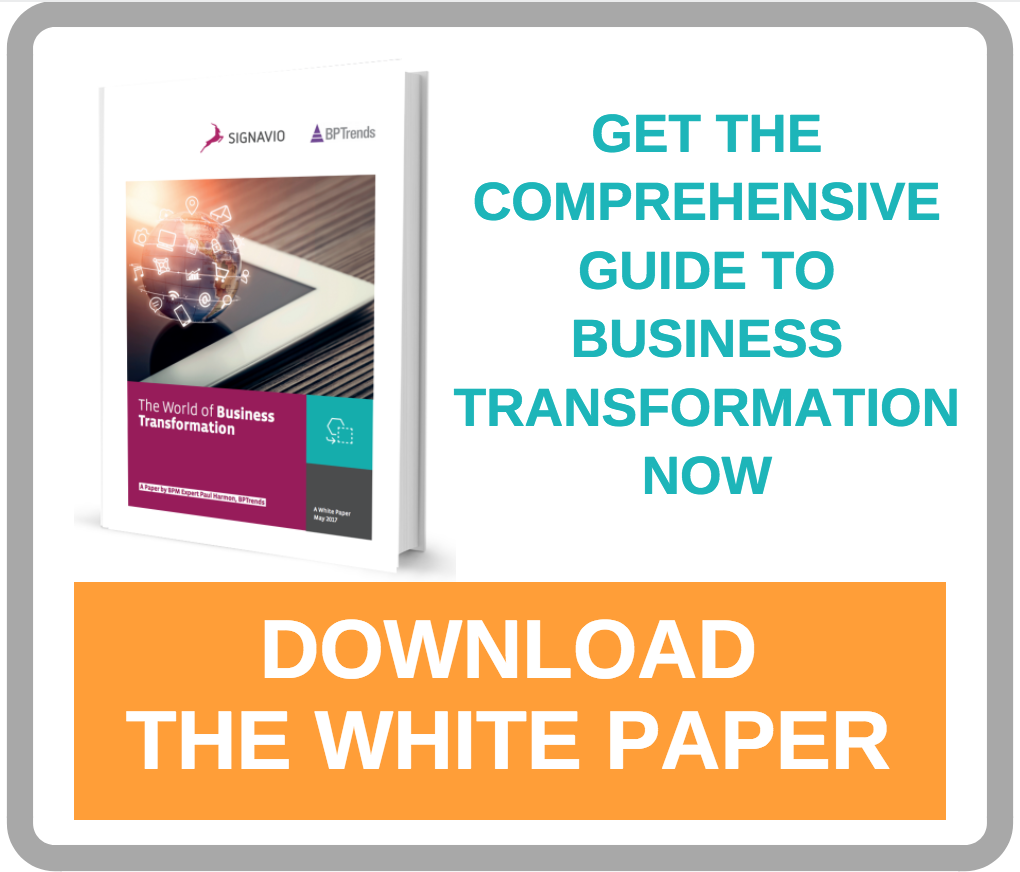










































This article is part 2 of The Fast Lane, by Larry Fast. Read Part one: '13 Ways Difficult Relationships Damage Company Culture' here.

Here are some suggestions for becoming a much better leader dealing not just with dysfunctional relationships in the workplace but lots of other important things as well:
"A comprehensive, purposeful Communications Plan will be in place and executed in every plant on a rolling twelve month basis. Better informed associates take more interest in and make better decisions for the business." (Author's note: All Corporate Operations functions had the same rolling twelve month communication plans.)* The 12 Principles of Manufacturing Excellence--A Lean Leader's Guide to Achieving and Sustaining Excellence, 2nd Edition, September, 2015
For a supervisor, the daily management standard work plan would include multiple walks around the value stream or department throughout the day touching base with all employees while observing behaviors as the people interact. Inconsiderate, insensitive, rude remarks and/or a display of divisive behavior can be addressed on the spot. Being alert to body language of the participants during a communication can also be telling. Be observant at every opportunity.
For the functional leader, plan one or two weekly rounds having a brief chat with every employee in the group at least once/month. Be observant at every opportunity.
For the Site Manager, plan a round of personal interaction with every employee once a quarter if possible but at least once per year. (This will be heavily influenced by the number of employees at the location.) Always keep your eyes up as you walk through any area of the business.
The functional leader should do a "skip-level" meeting with all employees twice per year. It is a meeting with no supervisors present. This eliminates any filtering of information by the supervisor and sets the proper tone for speaking candidly. (Of course this presupposes that the functional leader will not allow any backlash from the supervisor for employees who have shared their issues with the boss). Just one caveat here: Ask the employee if they have already spoken with the supervisor on this matter. If they haven't they're asked to do that first. (That reinforces that the supervisors are respected, expected and trusted to solve those issues before any higher authority is contacted.)
If the supervisor has been informed weeks or months earlier and has failed to communicate the status or resolution of the issue, then it's appropriate for the boss to intervene directly with the supervisor who now has more problems than just the unanswered complaint. The functional leader now has the responsibility to follow up on a timely basis with both the supervisor and the employee until corrective action is in place. Closing the loop is critical to earning the employees' trust and willingness to continue to communicate their concerns. And it sends a strong message to the supervisor that his/her boss doesn't get paid for doing the job the supervisor is/should be capable of and is accountable to do routinely.
The Site Manager should complete the same kind of skip-level meetings with everyone who reports to a manager. This should be completed once per year.

My experience: I personally used this process as the SVP of Operations with a high degree of success. The credibility of my VPs of the various operations and functions was superb because of my expectations and because of how seriously they took the feedback. They followed through on a thorough and timely basis on the topics that surfaced in my meetings. After the first year there were very few topics raised that were negative. Once in a while something would slip in the cracks but it was a rarity.
I did skip-levels once/year by inviting six people at a time to lunch in the conference room. The SVP of Human Resources attended to ride shotgun and take notes so I didn't miss any follow ups I had committed to do. He was also a great confidant with whom I could discuss my follow up communications and use as a sounding board. Also, no one's supervisor was in the meetings and there was always a mix of functional areas represented. This mix of people in each section did wonders for tearing down any functional silos. They began learning more about what the other groups did and discovered new contacts they could call when they had questions/issues in another functional area. I followed up on all items that were raised until they were resolved by the accountable manager then I made one last contact with the employee to make sure we had closure.
Read More:
Sometimes answers to problems were a simply a matter of a clearer communication of "the what and the why" to the employee(s). Sometimes it was helpful in identifying a weak link in a process that could be improved with the person's help and expertise. Sometimes we didn't do anything; but we always explained to the employee that we weren't going to take any action in this particular case and, most importantly, why we didn't deem it necessary. After having heard our thinking and reasoning, nearly all agreed. Those few that didn't agree at least understood our position and respected the fact that we told them the truth straight up. And yes, sometimes, there was enough tension in the eyeballs around the conference room table that I would inquire what was still on their minds. This is when dysfunctional relationships, if they exist, will be brought to the leader's attention because the employees feel safe in communicating it. There were times when nobody wanted to speak up in the group setting. In those cases I followed up discreetly with those individuals and the one-on-one almost always yielded input I could use to help.
Do you and your managers and supervisors have one? Is it comprehensive and detailed? How robust is the plan? Are the required communications scheduled and committed to your calendar? Does your assistant understand that these dates cannot be changed without your personal approval and the immediate blocking of another time to do it soon, i.e. within the next 30 days? How often have you declined a reschedule attempt to reinforce your commitment? (If my boss had a compelling need that couldn't wait common sense prevailed. It if could wait I asked if we could deal with it at another time and once again common sense prevailed.) How well is the plan executed? How timely and how well are the follow ups being completed? Does the employee always acknowledge the answer, even when they don't agree, and leave with closure on the issue?
Finally, when it comes to difficult, negative people, the leader needs to make a few things clear for all. The best way to deal with non-team players is to stop bringing them in the door. For example, prior to the interviewing process your HR partner should have already validated the candidate's credentials relative to education and skill validation, asked probing questions with references about their preferred working environment, e.g. likes to work alone, interacts well in team settings, sometimes participates in group meetings and activities, etc. You may also want to consider having a standard statement prepared that is shared with everyone just prior to making a job offer. Here's a thought-starter on how one might frame such a message:

View our schedule of industry leading free to attend virtual conferences. Each a premier gathering of industry thought leaders and experts sharing key solutions to current challenges.
View Schedule of Events-------------------------------------------------------
Search for anything
Insights from the most progressive thought leaders delivered to your inbox.
Insights from the world's foremost thought leaders delivered to your inbox.
Being a hero is all about creating value for others. Please invite up to 5 people in your network to attend this premier virtual conference, and they will receive an invitation to attend.
If it’s easier for you, please enter your email address below, and click the button, and we will send you the invitation email that you can forward to relevant people in your network.
View our schedule of industry leading free to attend virtual conferences. Each a premier gathering of industry thought leaders and experts sharing key solutions to current challenges.
View Schedule of EventsWatch On-Demand Recording - Access all sessions from progressive thought leaders free of charge from our industry leading virtual conferences.
Watch On-Demand Recordings For FreeDelivered by the industry's most progressive thought leaders from the world's top brands. Start learning today!
View All Courses NowThe premier Business Transformation & Operational Excellence Conference. Watch sessions on-demand for free. Use code: BFH1120
Watch On-DemandInsights from the most progressive thought leaders delivered to your inbox.
Insights from the world's foremost thought leaders delivered to your inbox.
Being a hero is all about creating value for others. Please invite up to 5 people in your network to also access our newsletter. They will receive an invitation and an option to subscribe.
If it’s easier for you, please enter your email address below, and click the button, and we will send you the invitation email that you can forward to relevant people in your network.
Courtesy of Nintex Pty's Paul Hsu, below is a transcript of his speaking session on 'Improve employee productivity during and post-COVID by ...
Read this article about HP, Best Achievement in Operational Excellence to deliver Digital Transformation, selected by the independent judging panel, ...
Read this article about BMO Financial Group, one of our finalists, in the category Best Achievement in Operational Excellence to deliver Digital ...
Read this article about Cisco, one of our finalists, in the category Best Achievement of Operational Excellence in Internet, Education, Media & ...









































































































































































































